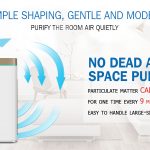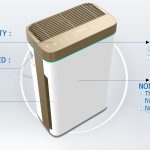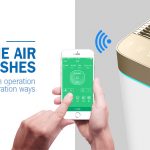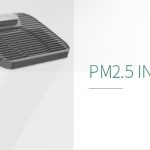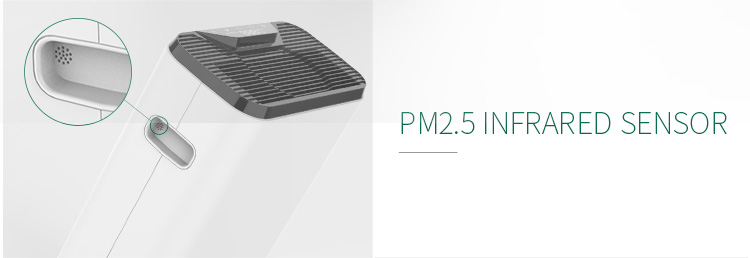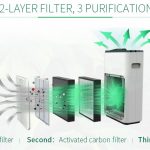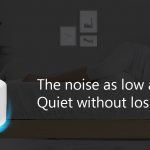Smoking is the ‘culprit’ that causes indoor PM2.5 to soar

In addition to the well-known nicotine and carbon monoxide, cigarettes, cigars and pipes produce a lot of tiny particles in the case of incomplete combustion. Most of these particles are only about 1 micron in diameter, which belongs to the category of PM2.5. These include 69 carcinogens and 172 harmful substances, which are the leading risk factors for lung cancer. The harm of second-hand smoke is mainly carbon monoxide and PM2.5 released during smoking. These two substances are also abundant in automobile exhaust. When the indoor PM2.5 concentration exceeds the standard, people may have symptoms such as cough, slight dizziness, headache, and nausea.
Carbon monoxide gas is colorless, odorless, and non-irritating. It is very common in nature, but its content is very small. After inhalation, the red blood cell oxygen supply capacity will decrease, and the body will be deficient, causing dizziness and vomiting. Serious cases may also lead to coma and even Suffocation and death. Gas poisoning is well known to us, most of which is caused by carbon monoxide.
PM2.5 can enter the bronchioles and alveoli directly, then enter the capillaries through the alveolar wall, and then enter the entire blood circulation system, and can not be excreted. In the short term, symptoms such as cough, difficulty breathing, and aggravation of asthma may occur. Long-term exposure will lead to decreased lung function, chronic bronchitis, non-fatal heart disease, premature death of patients with cardiopulmonary disease, and lung cancer.
Indoor burning half cigarettes PM2.5 concentration exceeds 15 times
Previously, the staff of the Harbin Anti-Treasure Office measured the change of indoor PM2.5 concentration after smoking indoors. In the conference room where the doors and windows are closed and the air conditioner is not turned on, the staff turns on the PM2.5 concentration in the instrument test room. The instrument showed that the indoor PM2.5 concentration was 15 μg/m3 before smoking, which was far less than the indoor PM2.5 concentration specified by national health standards should be no more than 75 μg/m3. When the staff ignited the cigarette about 2 meters away from the instrument, the PM2.5 concentration displayed by the instrument instantly rose to 452 μg/m3, and the value was still rising as the cigarette burned. At half the cigarette burned, the PM2.5 concentration monitored by the instrument has risen to 943 μg/m3.
In fact, only the ignition does not suck, the cigarette is not completely burned, and if it is smoking, the PM2.5 concentration will rise even higher. After the staff inhaled a cigarette and spit it out, the instrument data immediately exploded, indicating that the value has exceeded 1200 μg/m3, which is 15 times higher than the national indoor PM2.5 concentration standard.
Indoor smoking, need to open the window for more than 16 hours
Liu Ting, deputy director of the Harbin Anti-smoking Office, said, ‘The indoor PM2.5 tiny particles are mainly from tobacco smoke. Even if only one cigarette is smoked indoors, it is necessary to open the window for more than 16 hours to restore the indoor PM2.5 concentration to The previous level.’
Even if the window is ventilated, indoor smoking will leave the problem of three-handed smoke. ‘Three-handed smoke’ refers to tobacco residues left on the surface of clothes, walls, carpets, furniture and even hair and skin after the smokers ‘swallow the clouds’. According to the study, cigarette residues can exist for days, weeks or even months, even if there are ventilation, air filtration and other devices in the home can not completely eliminate PM2.5. In the case of wind or movement, the residue will also diffuse into the air, causing the PM2.5 concentration to rise again.
If you are interested in this, please contact us for more products and preferential prices
Helen:
+86 13922346046
info@olansiglobal.com
https://www.olansiglobal.com



